Key highlights:
- The article highlights the need to align analytics efforts with specific business goals and operational issues.
- It encourages engineers to assess what data exists in current systems (historians, PLCs, sensors, etc.) and whether it's usable, accessible and well-documented.
- For many engineers working in plants with older systems, the article offers strategies for bridging the gap between legacy equipment and modern analytics tools.
Just as most labor involved in painting a room goes into scraping, patching, sanding and taping before any paint cans are opened, effective data analytics is also mainly identifying problems, goals, information sources and formats, and deciding how to standardize, contextualize and align them before any insights can be produced. The following are some of the primary tasks:
- Identify pain points and business objectives that can guide the quest for the most suitable analytics, and narrow it enough to provide the best chance of becoming reality.
- Find partners who can contribute to the company or organization’s analytics goals, needs, tasks, assignments and timing, such as colleagues, system integrators and suppliers.
- Inventory present data repositories, files, tags, signals, parameters and formats most likely to generate benefit from further examination, including both their content and identifying information. When possible, do the same for new and upcoming sources.
- Evaluate ways that information is collected, documented, managed, networked and housed, whether it’s in onsite components, historian hardware or software, or in remote servers or cloud-computing services.
- Determine whether device-level inputs and content from sensors, instruments and analyzers must be pretreated or organized in some way before being relayed onward. Also, investigate if and how much information reformatting may be needed for communication purposes, and check what software, device or combination should be implemented.
Get your subscription to Control's tri-weekly newsletter.
- Examine whether proposed analytics operations or software is able to communicate, work with and gather data from legacy historians or related devices. If this communicate and exchange isn’t available, decide if an intervening device or software can be implemented to allow it.
- Whether onsite or remote, find the most appropriate place to conduct data analytics. More data processing and prioritizing on the plant-floor or close to the edge may lighten the load on upstream, enterprise-level or cloud-based systems, and may be safer for some time-constrained or mission-critical processes. However, more cloud-based analytics may allow more powerful data processing, and fuel more detailed and sophisticated results and revelations.
- Eliminate or at least reduce communication barriers by assessing current network protocols that relay data from onsite process and production areas to local or remote analysis facilities.
- To rescue isolated information, determine whether existing production-level devices are collecting data, where they’re storing it, if they’re linked to any larger networks, whether they can communicate, and how detailed is the data they can share.
- Develop, test, deploy, tweak and routinely recheck analytics software, devices and systems to gauge if present requirements are satisfied, or if process operations need updated or new analytics or support functions.
This is part six of Control's September 2025 data analytics cover story. Read the other installments here.
About the Author
Sign up for our eNewsletters
Get the latest news and updates

Leaders relevant to this article:

